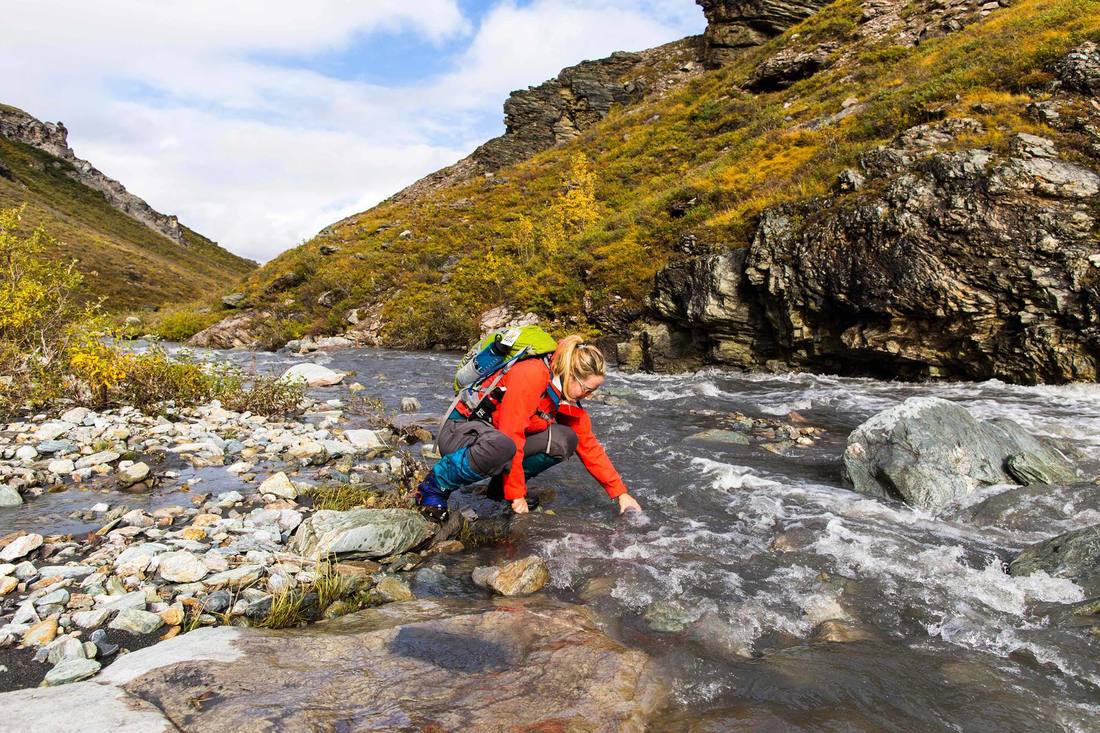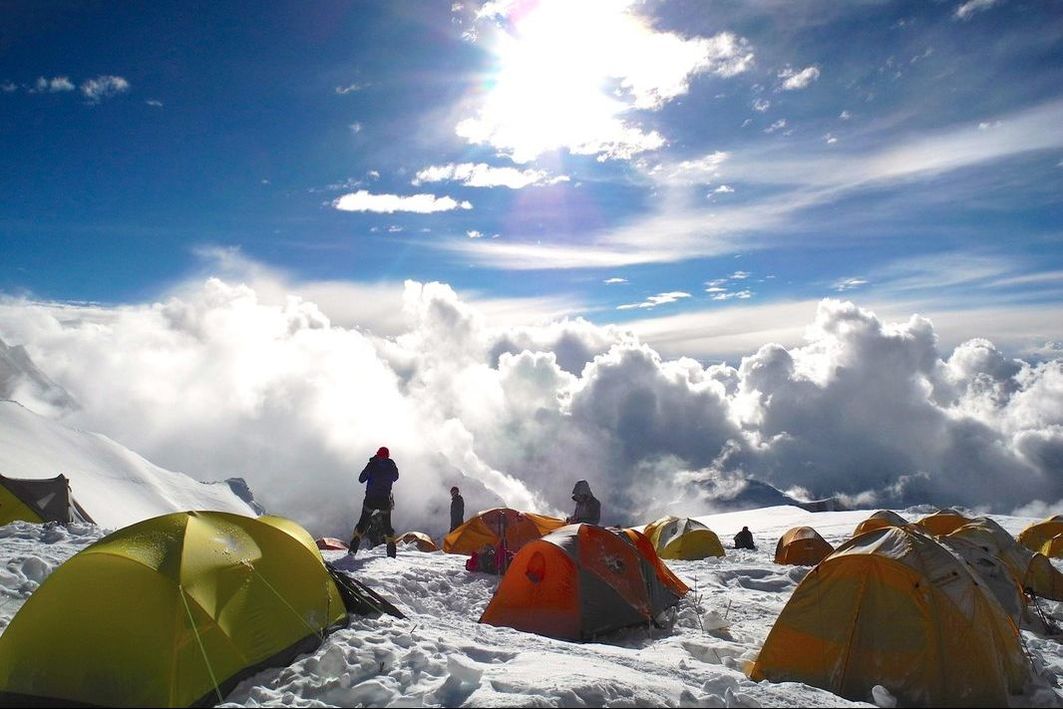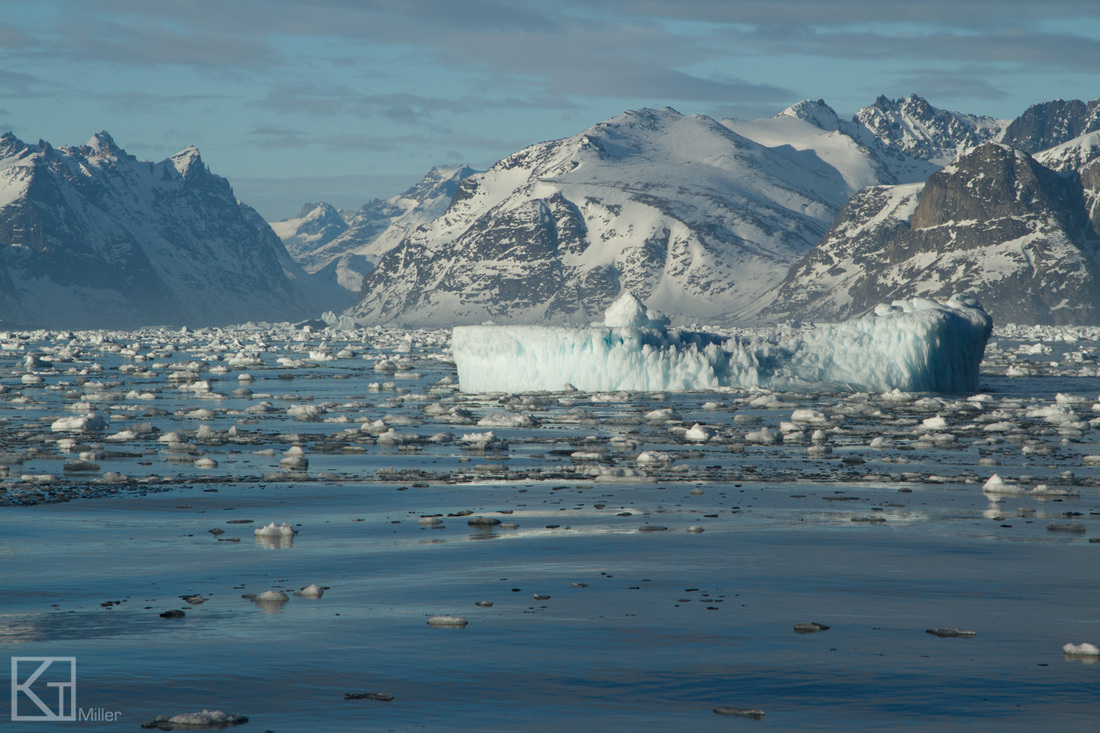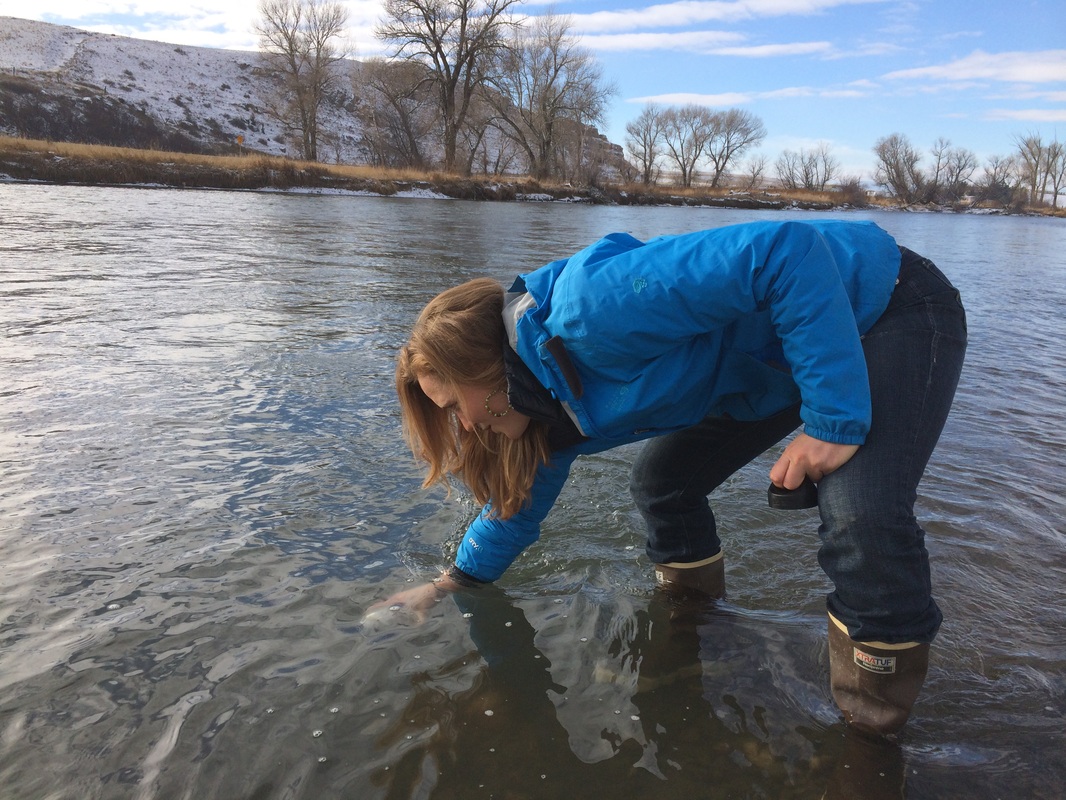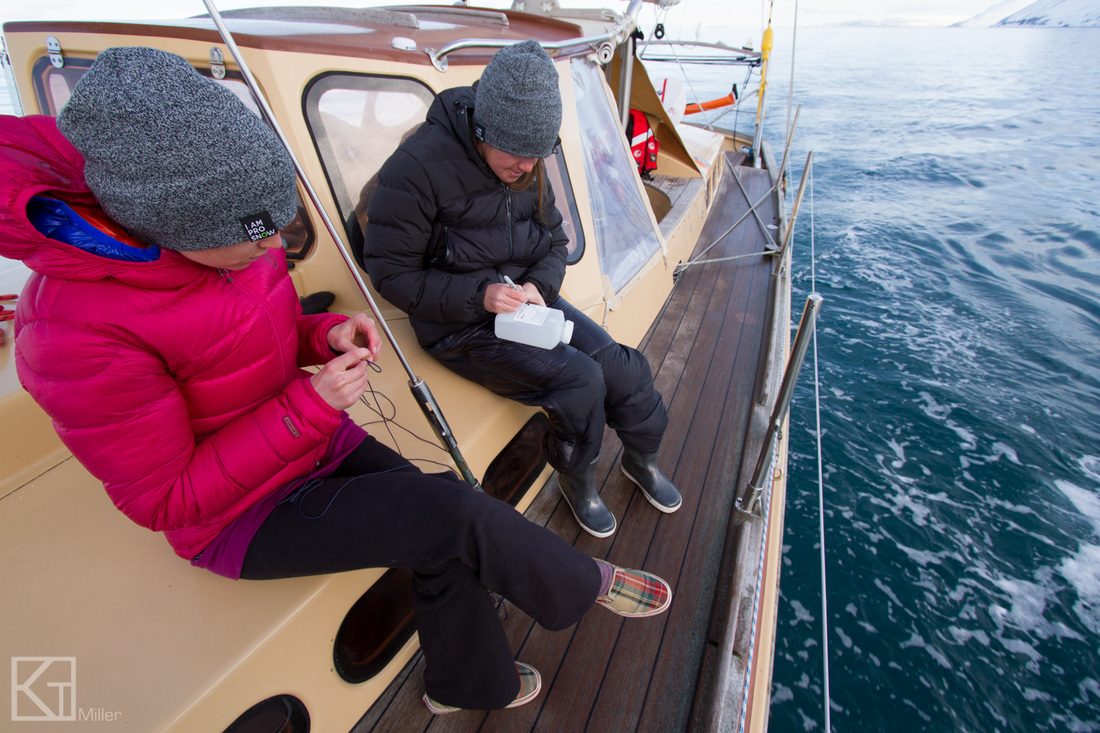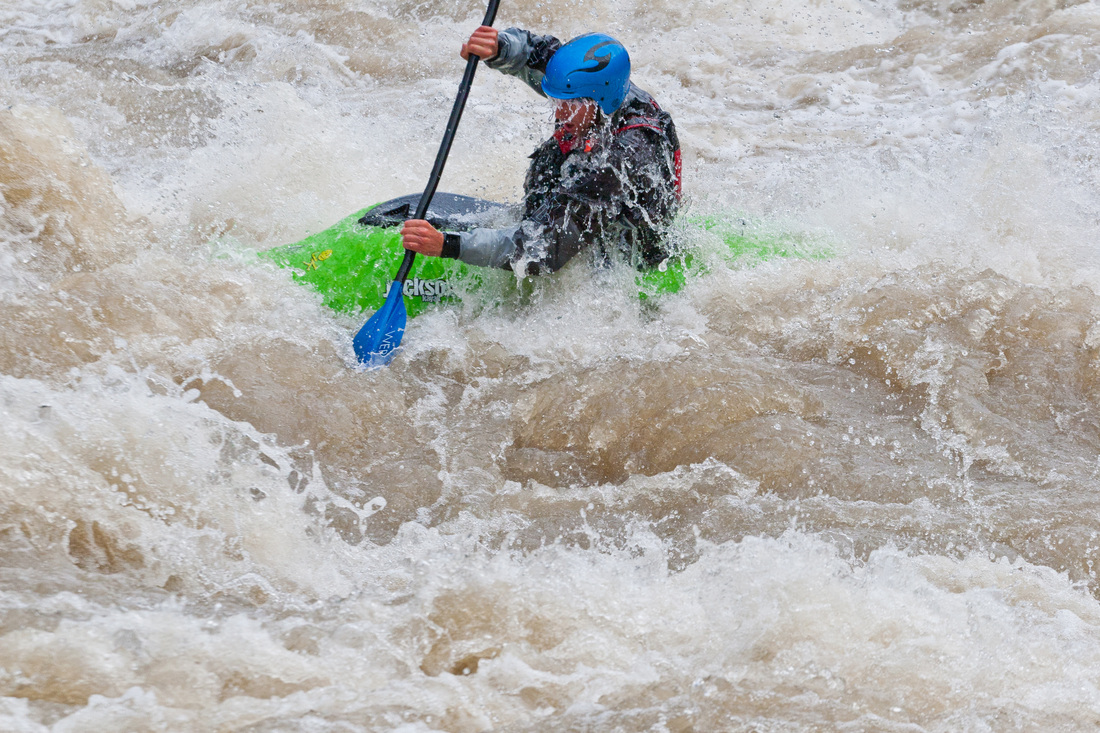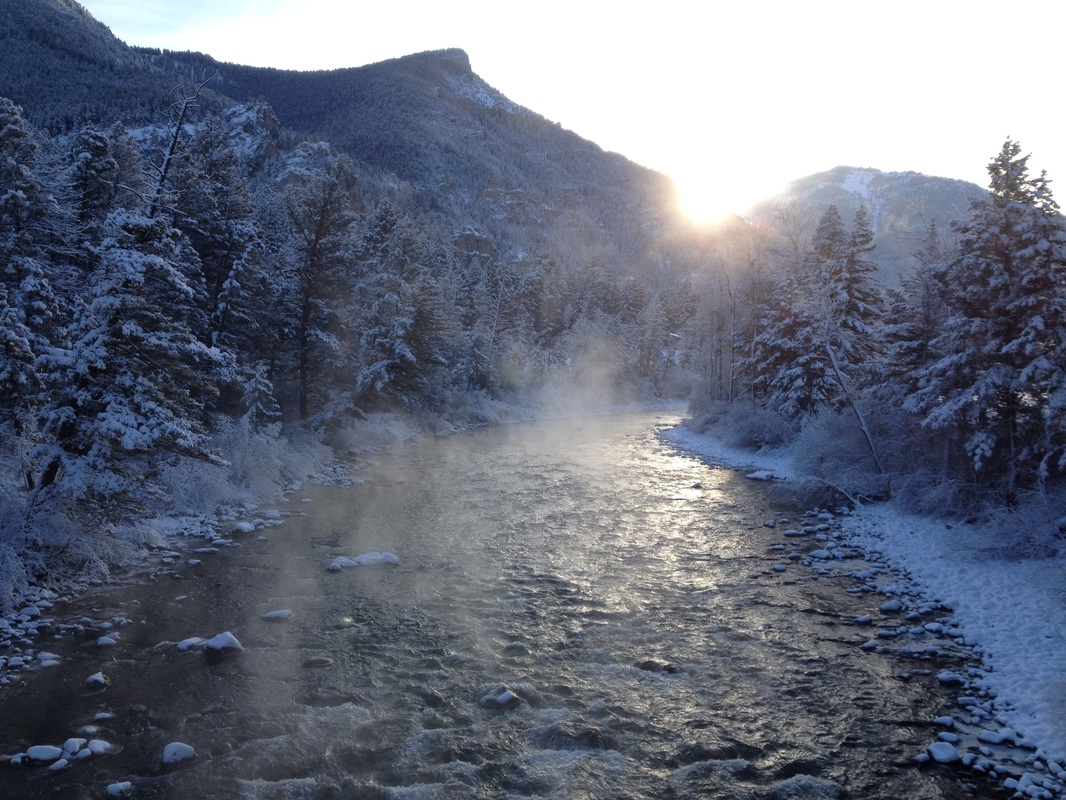Global Microplastics Initiative
We’ve amassed one of the largest and most diverse global microplastic pollution datasets to date. These data are being used by businesses, governments, and individuals to limit plastic waste.
Each circle on the map below represents a water sample collected by volunteers. Click on the double arrows in the upper left to view the map legend. Click on a circle to see the concentration of microplastics found in that water sample. Larger circles represent more microplastics per liter.
Data That Drives Change
After four years of collecting water samples, we are confident that our dataset represents the most diverse and one of the largest datasets exposing the extent of microplastic pollution around the globe. With this in hand, we have transitioned to data analysis as we seek a deeper understanding of microplastic pollution, and importantly, how our work can contribute to positive change. This data has already inspired businesses to reduce their plastic consumption, is being used by governments towards conservation decision making, and has motivated over 80% of our project volunteers into taking action towards reducing plastic pollution.
What We’re Doing About It
From 2013-2017, Adventure Scientists mobilized thousands of trained volunteers to help identify the extent of microplastic pollution in marine and freshwater systems around the world. Results have revealed microplastics in the vast majority of marine samples we’ve collected, from places including Maine, Alaska, Argentina, Thailand, and Antarctica. Compared to marine samples, our freshwater samples reveal lower microplastic presence and concentration: nearly half of our freshwater samples contain microplastics.
Scientific Publications
Lima, A.R.A., et al. 2021 “Global Patterns for the Spatial Distribution of Floating Microfibers: Arctic Ocean as a Potential Accumulation Zone.” Journal of Hazardous Materials. 403: 123796.
Barrows, A.P.W., et al. 2018.”Marine environment microfiber contamination: Global patterns and the diversity of microparticle origins” Environmental Pollution. 237: 275-284.
Barrows, Abigail P.W., et al. 2017 “Grab vs. Neuston Tow Net: A microplastic sampling performance comparison and possible advances in field.” Analytical Methods. 9:1446-1453.
Waller, C.L., et al. 2017.”Microplastics in the Antarctic marine system: an emerging area of research.” Science of the Total Environment. 598: 220-227.Haab, S and Haab, K. 2016 “The Environmental Impacts of Microplastics: An Investigation of Microplastic Pollution in North Country Waterbodies.” Biology Department, St. Lawrence University. PDF.
Why Care About Microplastics?
Pollutants including pesticides and manufacturing chemicals can adhere to microplastic particles and bioaccumulate in aquatic life. Microplastics have been shown to affect feeding behavior and predator avoidance, and can interact with other pollutants to affect cell function in fish. They’re also able to move from the digestive tract of organisms into the bloodstream.
Microplastics have several sources. They’re laundered from nylon clothing, they wash down the drain with many cosmetics and toothpastes, and they weather from debris like bottles and bags.
Video: Adventure Scientists in Action
Use Our Microplastics Data
We’re excited to share our microplastics dataset with interested individuals and groups. If you would like to access our data, please inquire here.
